This is followed by conching. The base mass is warmed to between 50 and 90 °C and stirred for 12 to 48 hours. This reduces the water in the chocolate as well as unwanted olfactory, bitter and aromatic components. How length of the conching process is a secret the chocolatiers prefer to keep to themselves because this step has a great influence on the taste and consistency of the chocolate. It’s the conching that sets a chocolate apart and distinguishes it from other chocolates. Then the mass is cooled down. This process is crucial for the shininess – and the sensual “snap” when the chocolate is broken.

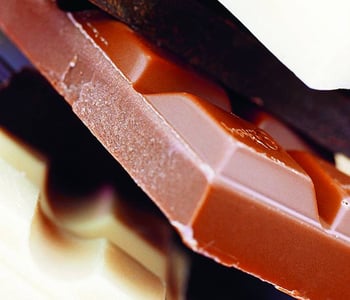
Next, depending on the type of chocolate, extra ingredients such as hazelnuts and almonds are added to the cooled mass, or more exotic ingredients such as chilli. The mass is now shaped into delicate pralines or solid bars of chocolate.
Further Information
- Article "HOCHDORF – making chocolate history"



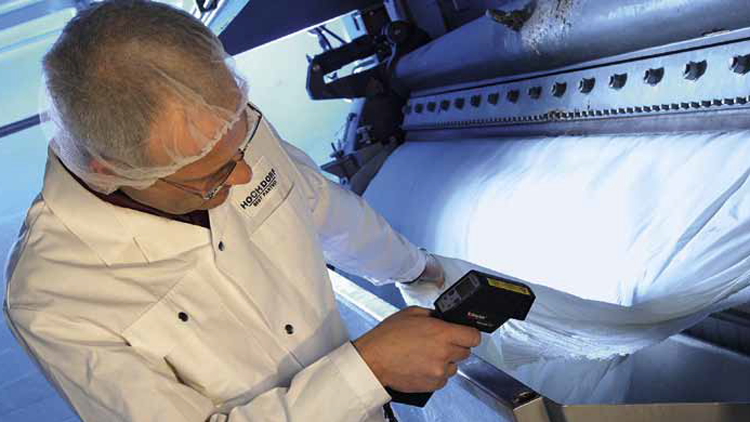
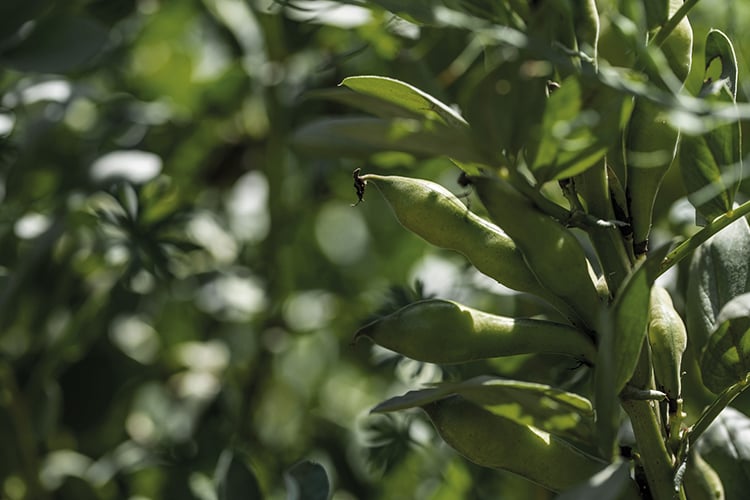

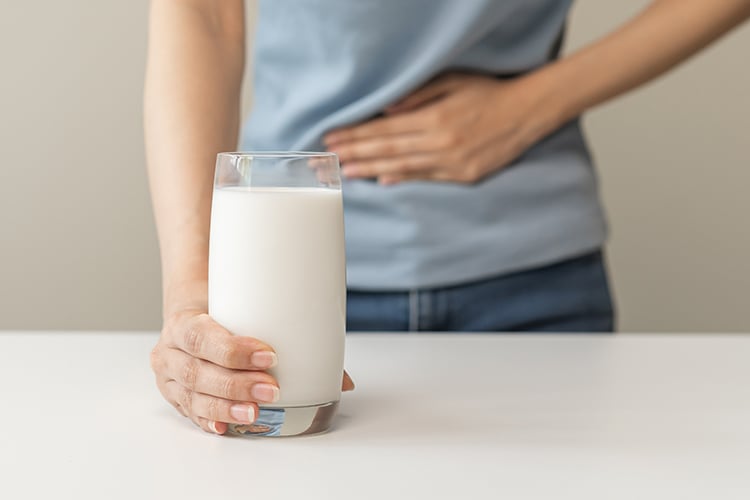
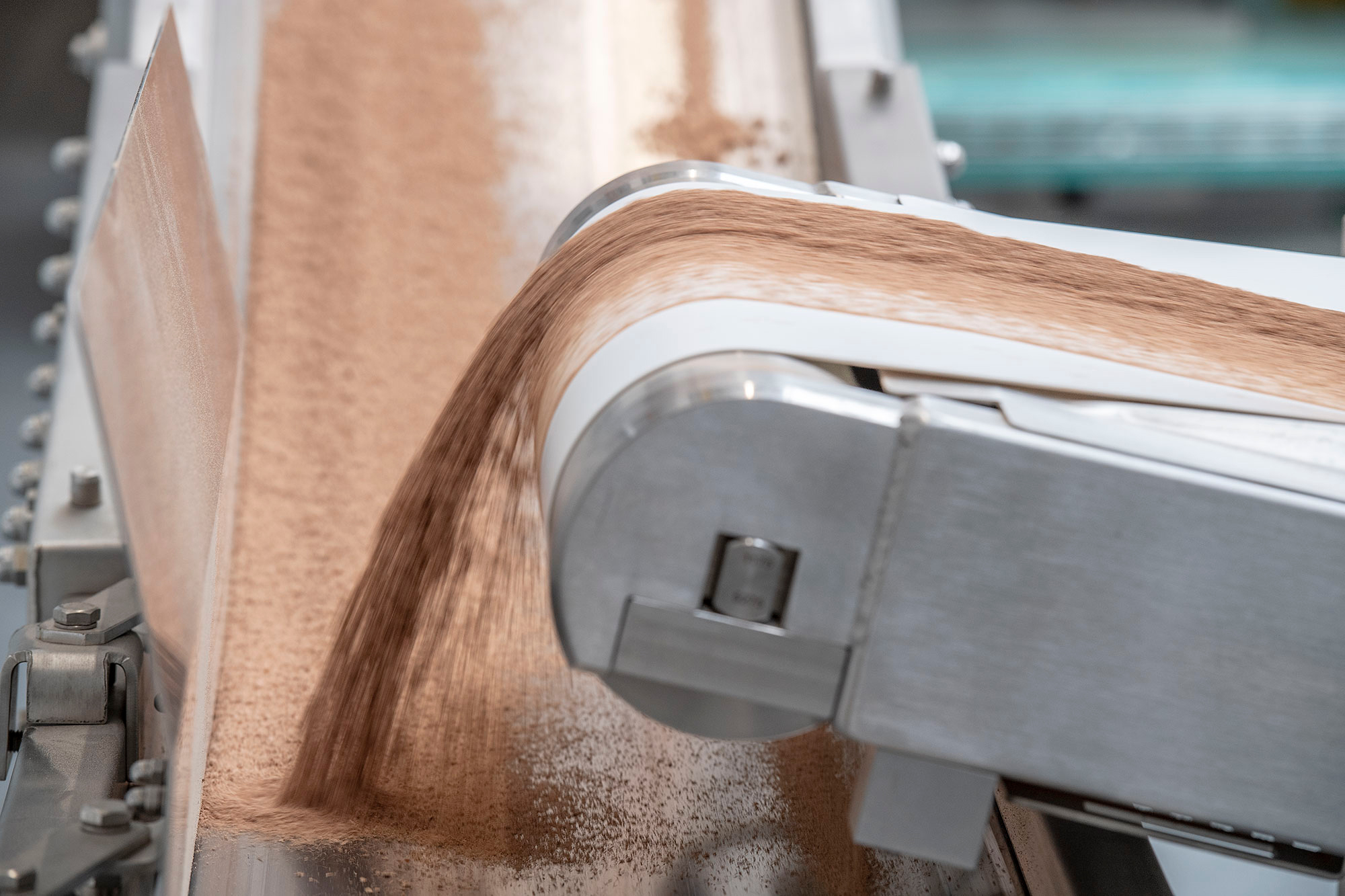


Leave a comment